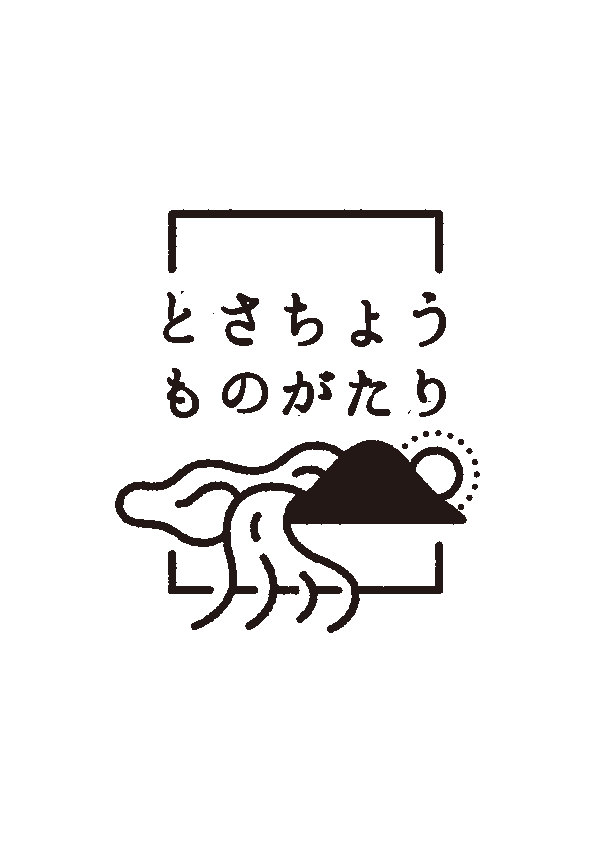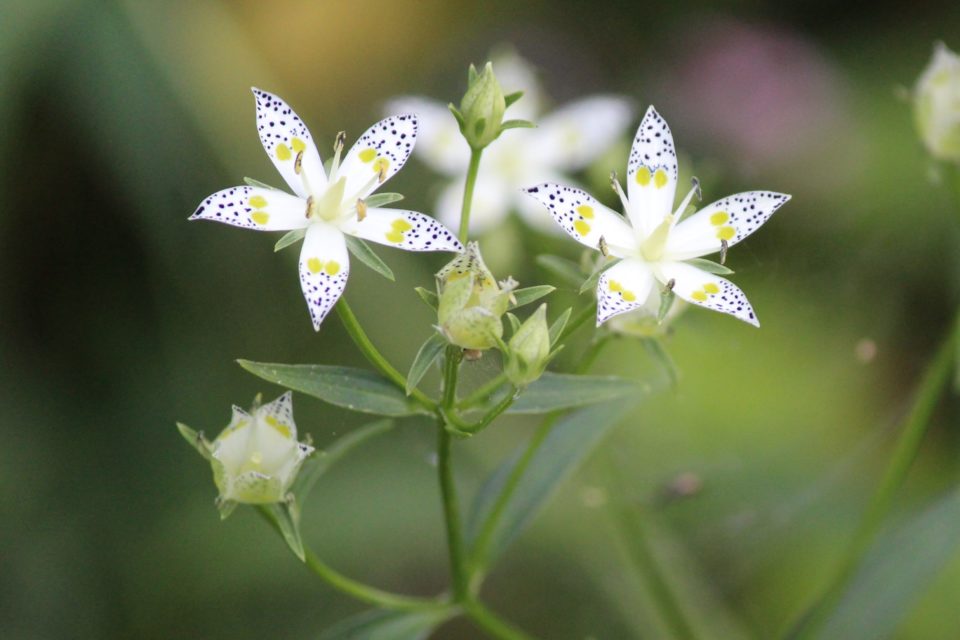
Japanese version from here. | 日本語はこちら
Chieno’s Story
by Laura Haapio-Kirk
Hello! My name is Laura Haapio-Kirk and I am a PhD student at University College London, and a visiting researcher at Osaka University.My research is about ageing, health and technology.I first arrived in Tosacho in August 2018, along with my research assistant Lise Sasaki, to assist doctors from Kyoto University with the annual health check for residents aged 75 and over.
I was completely in awe of the green rice terraces, the turquoise rivers, and most of all, the kind-hearted people who warmly welcomed me into this community.Participating in the health check was a great way to meet a lot of local people in a very short space of time, and I am very grateful for the chance to get to know so many wonderful people.I felt eager to return to this special place, so I could have longer discussions and really try to understand what life is like for people here. That is why I keep returning to Tosacho!
During the health check we met Chieno san, a ninety-two year old woman.Unknown to Chieno san we had already met.On my lunch break during the field medicine, I had noticed her face gazing out of the opened pages of the zine Tosacho-Monogatari which was propped up on a bookshelf.The beautiful portrait of Chieno san radiating life drew me to the magazine.
When we met her in person Chieno san told us about her memories of seeing the atomic bomb at Nagasaki when she was just eighteen years old.She invited us to visit her in her beautiful home halfway up the mountain in Aikawa so we went there along with Toriyama san, editor for Tosacho Monogatari, on our next visit.

Chieno san told us more about her life history and her wartime experiences. Her words serve as a powerful reminder of the horrors of war, but also her story tells us about the resilience of people and shows us that it is possible for life to flourish even in difficult times.
Below are records of her actual words (with some abbreviations)
“I went to Nagasaki when I was 18 to work at a military factory. When the atomic bomb fell, I saw it. I was quite far from it though. There was a bright red light, and it exploded. I was far away but I saw the light perfectly. There were no warnings for that bomb, you know? There was a bomb shelter right by us, but because there were no warnings we didn’t go in it! So, I saw it. Bright and clear. The smoke was so thick and it rose high up, I saw it. I didn’t have the time to feel scared at all. I was more astonished.”
“When that happened, I came straight back to Kochi. The train was so packed. It was human over human. There were injured soldiers, people like me, people who were going back home.I came home in that. I’m happy I’m here. I feel that I have travelled around the world. I saw the people who were affected by the bomb. On my way back I went past Hiroshima. There was still smoke everywhere. The town was gone.”
Chieno san returned to Tosa-cho and worked for the town hall for two years. She lived in a house which is now under the water of Sameura dam. Then she met her husband and they got married when she was twenty-two years old.
“Weddings at the time were small and humble. Only family members, very easy. I came to this house wearing a wedding gown. This used to be a huge straw house when we got married. My ring here, this one, my husband got it for me on his holiday. He passed away seven years ago. My husband bought quite a lot of farmland and we expanded our home. He loved to work, he worked day and night. He was a farmer, growing rice and other things. He carried stones from the river one by one and made that whole wall around the house! We fixed our straw house bit by bit.”
Chieno-san’s home is beautiful and you can see that great care has gone into building it.On display are many trophies won by their cows, a famous local breed call akaushi. Chieno san told us that her husband loved cows and decided to buy some one day.They started with black cows but then they heard that the akaushi breed were very good, so they decided to focus on just that breed. (They continue to breed akaushi to this day).
“At one point, we had eight or nine cows! It was my husband who made them popular in Tosa, you know? They are tasty, good meat. He loved cows. We have won so many awards. And the baby cows are so cute. Usually, when they give birth we have to help them but that new one, we were so surprised! We woke up one day and there it was! It was so small when it was born but she had so much appetite. Now the baby cow is just as big as a normal baby cow.”
We also met Chieno san’s son who showed us the beautiful red akaushi with their gentle eyes and soft fur. While we were there they also had a visit from the vet who confirmed that one of their cows was pregnant. It was a good day!
We left with bags of chestnuts and yuzu lemons, and with an appreciation of how many years of steady work has gone into making their farm a success.We are grateful to Chieno san for generously sharing her stories with us and for teaching us about perseverance and dedication to your goals in life.









